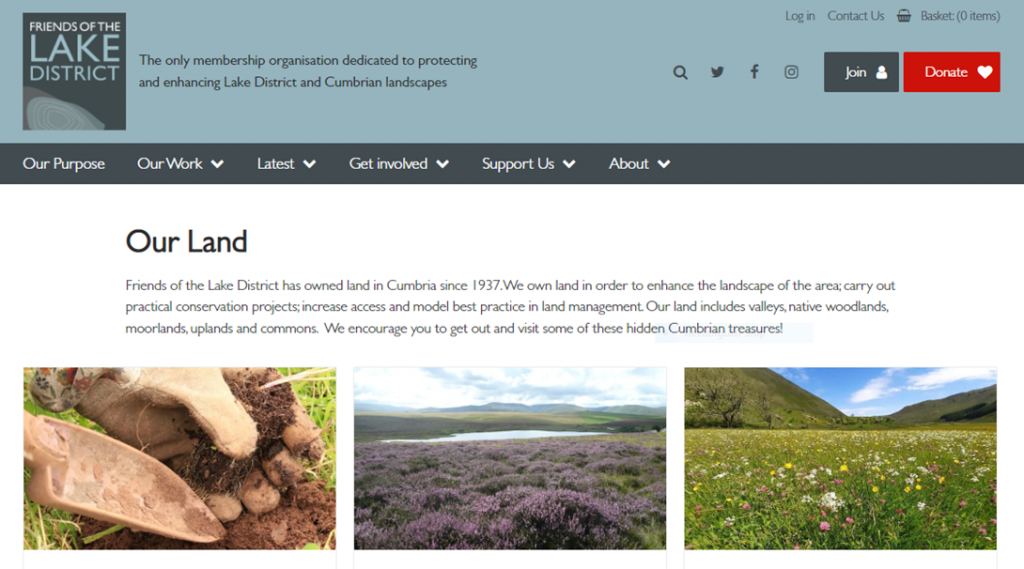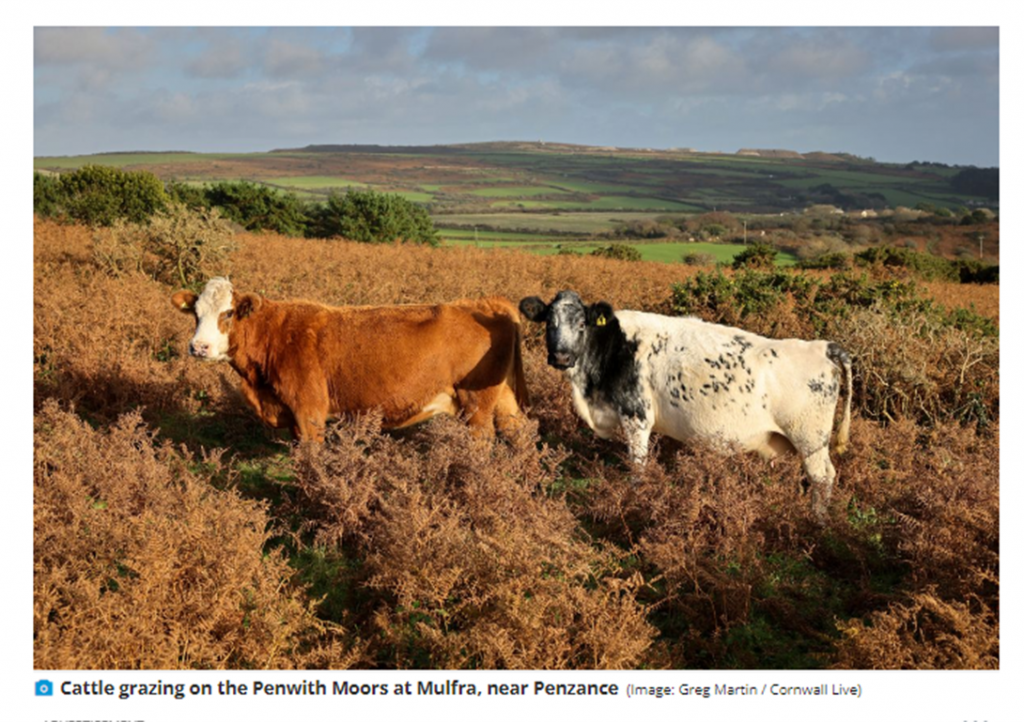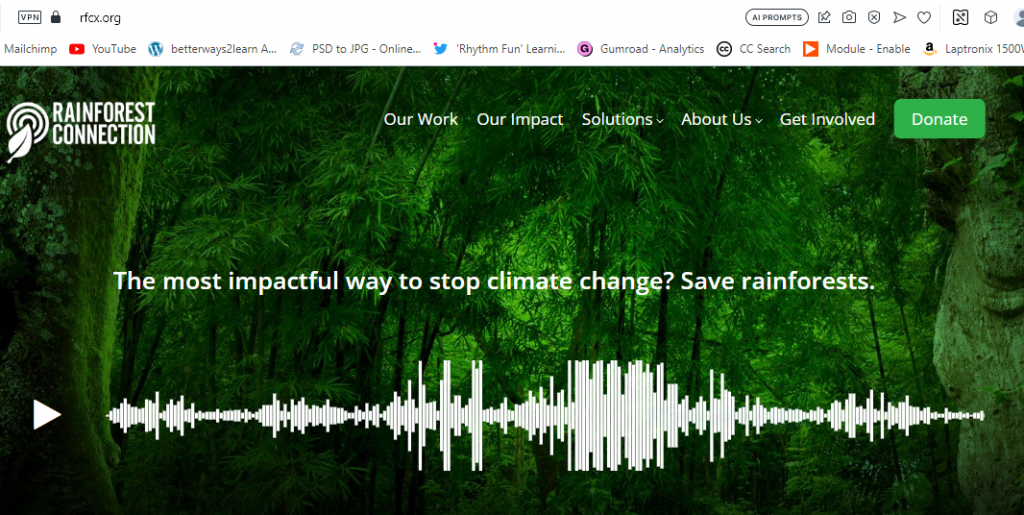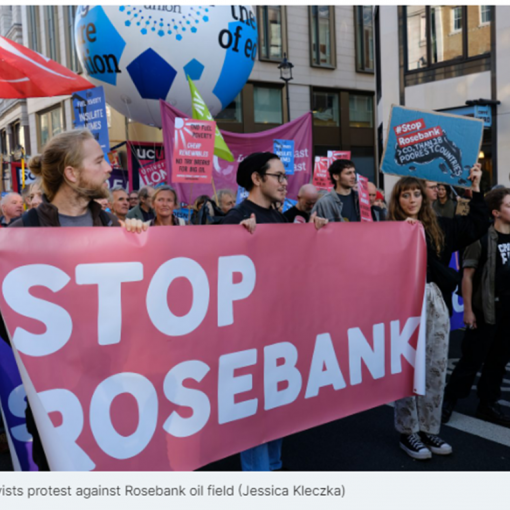2nd June
Who or what is an Authority?
From the top level (DEFRA, Natural England & Local Authorities) to the smallest and most personal, who qualifies to use the term and why?


Drinking multiple glasses of elderflower cordial in a day usually means “HERE WE ARE it is summer!” And normally I would then go out picking flowers, to restock my bottles of home brewed cordial to see me through the next 12 months. But this year, no. Hardly a flower is in sight. What is going on?
There is very little online about variable harvests of elder (Sambucus Nigra), but one source written in 2018 said the bushes can be adversely affected by very wet periods (which we had in April to May) or conversely by very dry times (February). My thought is that the farmer did his hedge trimming too late in the season; there are lots of clusters like miniature buds but they have not had time to grow into flower heads. But the same seems to be true in the wild, through the woods. Do let me know if you are seeing a similar trend and if so, what do you think the cause might be?
Authority
Dictionary definitions of this word tend to be very limited in scope, just thinking about governments and the ways in which they control their citizens. Thus, an authority could be defined as
A person or organisation having political or administrative power and control.
EXAMPLE “The health authorities issued a global alert”
But there can be more nuanced meanings, wider in scope, and these we are going to need for examining climate change – a sphere which brings a whole range of new challenges and potential solutions.
So is there a better definition? I prefer this:-
Authority is the power to influence or command thought, opinion, or behaviour.
So it is not the person, or the organisation that is the Authority, it is the power they have acquired to control or change other people. A subtle distinction but I think a vital one, as we look at who has earned that right to influence people’s thinking and behaviours.
One of the biggest departments in Authority – DEFRA
In this country the Department for Environment, Food and Rural Affairs has huge responsibility and with it comes potential to lead us into better behaviours, both avoiding damage to the land and creatures and maximising benefits for humankind. When George Eustice was appointed Cabinet Minister at the helm, in 2015, I knew a bit about him and his background; it seemed this could be the right person to be a voice of authority. He was voted in to represent a deprived area of Cornwall, where remnants of redundant mines pepper the landscape, surrounded by much more productive areas of farmland. He grew up on a farm and – I thought – should have plenty of practical experience of relevant decisions, on crops, soil management, animal husbandry and the like.


One of his first actions was to conceive a bold scheme, replacing the previous EU farm subsidies. This was a great opportunity, a pivotal moment and it looked initially as though he had the vision required for a fresh start. ELMS was the name, Environmental Land Management Scheme. It would be a system of payments for improving biodiversity, protecting landscapes from over-production, too much artificial fertiliser and pesticides, damage to soils and water – all of those sounded like good targets.
The concept may have been good, but the implementation has been poor … way too slow, every deadline missed and initiative delayed. Whilst George rightly asked for small experimental trials to be set up, it took so long to get them going and afterwards there was a great reluctance ever to say ‘that experiment did not achieve what we hoped. Sorry, let’s try something different.’ To my mind, respect and trust is earned by those who are ready to acknowledge mistakes and show determination to try again in new ways. That gives you a different Authority.
When Liz Truss dismissed Eustice from the ranks in September 22 a review of ELMS was called for, seeking comments from many interested parties across agriculture. This article is a good overview – https://www.friendsofthelakedistrict.org.uk/faqs/government-review-of-the-new-environmental-land-management-scheme-elms

Defra, together with a whole host of organisations and individuals, has been working on designing the ELMS scheme for the last five years. Instead of paying farmers for simply owning or tenanting land, it will pay for benefits that are provided for the public, such as wildlife habitats, sequestering carbon, access, water and soil health, and so on and would represent the biggest shake up of agricultural policy for 40 years.
However, rumours abounded earlier in the week that Defra was reviewing the scheme and that it may go back on its commitments to the environment. The NFU said the ELMS scheme was not fit for purpose and should be halted until improvements were made. Their President stated: “We have always been calling for a better policy, one that does deliver for food production and for the environment.” But many environmental organisations responded angrily to the suggestion that the scheme could be delayed or scaled back.
The article continues and provides a short, clear and reliable review e.g. from an Authoritative source. What happened next simply adds to the confusion and stress for landowners: –
The second tier of ELMs was to be Local Nature Recovery, but this was officially scrapped in Thérèse Coffey’s speech to the CLA on 1 December 2022, in favour of extending and enhancing the existing Countryside Stewardship schemes (CS).
I already knew from farming friends the damaging effect of the ELMS roll-out but had no idea that another initiative called the 30 x 30 risked wrecking their lives and livelihoods in a more dramatic fashion. Let’s look at this one:-
30 by 30 (or 30×30) is a worldwide initiative for governments to designate 30% of Earth’s land and ocean area as protected areas by 2030.
The target was proposed by a 2019 article in Science Advances (the American Association for the Advancement of Science’s (AAAS) open access multidisciplinary journal, publishing impactful research. That is vague and I am not impressed if one academic journal has sparked such a massive movement for change).
Titled “A Global Deal for Nature: Guiding principles, milestones, and targets”, it highlighted the need for expanded nature conservation efforts to mitigate climate change.
Next came a launch by the High Ambition Coalition for Nature and People in 2020.Well who set this one up? Why is it not possible to get to the source and challenge the thinking?
More than 50 nations had agreed to the initiative by January 2021, which increased to more than 100 countries by October 2022.
US$5 billion in funding for a project called the “Protecting Our Planet Challenge” was announced for the initiative in September 2021. And in December 2022, 30 by 30 was approved at the COP15 (Surely it wasn’t Cop15 in 2022? In Glasgow it was Cop26) meeting of the Convention on Biological Diversity, and became a target of the Kunming-Montreal Global Biodiversity Framework. This includes the G7 and European Union.
The initiative has attracted controversy over indigenous rights issues. What an understatement that is!
High Ambitions, yes we need them. Impact statements, essential as well.
You could definitely say that the plan for Local Renewable groups, which I shall be putting to Cornwall Council next week, is high on ambitions. No apologies for that. But, with it comes my steadily accrued and very detailed knowledge of the local land and landowners, so that the proposals I’m putting forward have both economic and social impacts in consideration, as well as tackling the net zero target for Cornwall.
I want to discover who got the 30 by 30 idea going in the first place, for this country? Did they not think through how it could damage the lives and livelihoods of people who have worked the land for generations? I was shocked to learn that Natural England staff have the Authority to slap a new designation onto a piece of rural land, with little or no consultation and minimal right of appeal. It has happened in West Cornwall and is being carried through in the worst possible fashion. I am quoting from a longer piece and not taking sides at all, as to whether or not the area should be treated as different and special for its plants. I don’t have that level of local knowledge. My gripe is with how high-handed and cruel the Authority is being. It seems not to care a jot that families may lose all of their income and lifestyle in one fell swoop. I fear they will end up with blood on their hands; it is enough to drive people to despair and suicide!
https://www.cornwalllive.com/news/cornwall-news/moors-plan-leaves-cornwall-farm-8094536

Farmers in west Cornwall say they are being “treated like dirt” and their voices are not being heard amid proposals which could see vast swathes of farmland taken out of production. The historic moorland landscape of Penwith Moors was notified as a Site of Special Scientific Interest (SSSI) on October 7, 2022.
59 parcels of semi-natural habitat and farmland spanning over 3,100 hectares, stretching from St Just to St Ives, has been earmarked for protection by Natural England in recognition of its national importance for wildlife.
The site is home to rare and endangered plants like coral-necklace, pale dog-violet and pillwort, which in turn provides support for a wealth of birds and insects including the rare Perkin’s mining bee and a breeding population of Dartford warblers.
However, with around 13% of the proposed SSSI being productive arable and pastureland, local farmers say that new restrictions will make it “impossible” to run their businesses.
Eric and Mary Murley, of Higher Bojewyan Farm in Pendeen, have been informed by Natural England that it wants to designate up to 20 of their 200 acres, which is used for grazing the family’s pedigree Jersey herd, an SSSI. Growing from just six cows in 1976 to over 200 today, as well as 150-head of youngstock, Eric and Mary are equal partners in the farm with their sons Christopher, Geoffrey and David.
Another family that runs both dairy and beef operations in the area, will be affected across multiple, larger acreage areas.
If the designation is approved, farmers will have to apply to the Government’s advisory body for consent to carry out certain activities on the land such as ploughing, spreading manure, feeding stock or cutting grass for silage – something which Eric believes is completely unworkable.
The story continues, with such sadness in the comments: –
“There’s no financial compensation being offered and we’re not just talking about a few acres, it’ll be hundreds of acres taken out of food production. We can’t understand how this is allowed to happen in a supposedly democratic society.”
AND “they’re going about it all the wrong way. If they visited the area and talked things through with the farmers, then they would be more willing to help, but instead it’s all been done from a desk-top and they’ve got everybody’s backs up. They don’t seem to understand the problems that we would face.”
My expectation is that I will receive emails from readers who are very pro the SSSI plans, and perhaps will criticise my stance. But they will not change my mind. I hope they will recognise the need to deliver change in a better way than this.

Always look on the bright side
You know well that I try my best to find Climate Hope in almost every situation, but this has proved a step too far. I had to stop writing and take a break, I was so upset.
Then I made myself look back at the source of this story that came to me yesterday, during a meeting with the Chairman of Cornwall NFU. Bridget is someone who has always impressed me; she has so much knowledge with her ‘boots on’ and it gives her the Authority to deliver such a role of leadership with empathy and balanced solutions.
There were moments of hope, as we shared news of different approaches to slurry management. The government Slurry Infrastructure grant scheme opened in December 2022 but I did not hear of anyone receiving funding yet. I had found an article in Farming UK news about an experiment with de-watering, that was conducted 5 years ago in Wales. The firm involved was WaterandPower.com, based in Swansea and they have begun to send me further information:-
The main aim of the project was to develop a slurry treatment that could:
- Recover nutrients from the wet slurry to potentially be reused within fertiliser
- Recover water from the slurry that can be re-used, re-cycled or discharged to water course without any associated water quality deterioration to the receiving water
- To be farm based, to minimise transport of slurries between farms and central treatment units
- To be competitively priced to meet farm budgets
I believe there were some problems with operating their equipment, handling greater than expected amounts of stalks and grass; also ending up with more ammonia in the final water than they had hoped. But I expect to receive a fuller report next week. In the meantime, Bridget told me ‘it is possible to buy a press, for taking water out of slurry. But the opposite might be a better solution. As our climate appears to be getting dryer and drought periods are a big headache, maximising the quantity of water with slurry and keeping in a big reservoir could be a win-win. But again, only if the resulting liquid meets standards for spreading, which I imagine means not too high in ammonia.
Smaller, Local Authorities – can we trust them?
This is a rather enormous topic, so I have to keep it to a few key points that have come to me in the past few days.
Local Authorities are just as capable of implementing new climate policies in high-handed, ill-thought through fashion as Natural England. I am reminded of the cycle lanes and traffic management chaos on the seafront in Brighton, or through the quiet back streets of Dulwich.
But some councils are showing ways forward that involve more/better consultation and relationships with their local communities. I was very fortunate to be on a Teams meeting with one of the best yesterday, that was Warrington. They gave up officer time to explain sources of funding for renewables and the path they have taken over 5 years, based on a highly successful Community Bond scheme.

When a Local Authority sets out to do something innovative for climate-change they usually will do it in conjunction with the Energy division of an organisation called APSE (The Association for Public Service Excellence). Just before Covid hit, UK interest rates were so low that it was easy to attract a range of local and national investors to put in their own funds as contribution towards a large-scale new solar farm. The interest they would receive over a 5 year period would be a much better rate (for that time) of 1.5%; but equally the amount paid by the council for using these £s was substantially lower than from other sources. Central to making this scheme possible, and others that happened just before and since, was Abundance Investment – https://www.abundanceinvestment.com
We get it. You need to make some money, but you also want to make sure there’s a planet left to spend it on. For the last decade we’ve been helping people use their money to take action on the climate emergency.
There was more good news and such a helpful attitude from Warrington, I do hope that Cornwall Council will take seriously the opportunity to create something on similar lines. We shall see!
A.I. Can that be trusted? – Another dimension to the Authority question
There’s been 2 major items of correspondence this week, one from GrahamM, a really fascinating and wide-ranging review of how Artificial Intelligence can help us with climate challenges. It connects very well with the Authority topic but unfortunately is too large to put in here. So here is a short extract and look for the full piece in ‘Authority Part 2’ next time.
Rainforest Connection is a nonprofit organisation that uses AI to detect illegal logging in the Amazon rainforest. The organization has deployed solar-powered sensors in the rainforest that can detect the sound of chainsaws. When a chainsaw is detected, the sensor sends an alert to park rangers who can investigate the disturbance.

The other email received was from Lin, offering further information about methods of growing food crops in water. Her text was taken from a report on hydroponics in California, thank you!
“assessment compared the environmental impacts of different greenhouse and vertical hydroponic systems with conventional agriculture using a functional unit of one kilogram (2.205 pounds) of lettuce that was packaged and transported from its point-of-origin to a grocery store in the St. Louis region. The analysis assumed that a vertical system would use LED technology as its primary source of lighting while a greenhouse would be able to utilise sun as a light source. In addition, the following variables were considered in the life cycle inventory:
Nutrients; Land use; Energy; Water; Pesticides; Emissions (including food spoilage);
Packaging; Distribution
Using the variables listed above and considering a standard electricity mix in the California and St. Louis regions, the results show that hydroponic farming had a higher environmental impact compared to conventional farming due to the significantly higher energy consumption and the subsequent GHG emissions. While greenhouse hydroponics consumes most of its energy for climate control, the energy consumption in vertical hydroponics comes mostly from the need for LED lighting.“
https://arcticfarming.fi/blog/is-hydroponic-indoor-farming-environmentally-sustainable
There was more to Lin’s messages, and she then concluded ‘I think we should try to find soils that have previously been deemed unsuitable for agriculture and do our best to improve them, using organic, sustainable approaches’ (and here I add the final word) whilst keeping costs as low as we can.
This would make a very interesting trial project, I agree.





2 thoughts on “GF Blog 23 – Week 18”
Belated reaction to yesterday.
Caroline, there are two UN established bodies: the IPCC and the Intergovernmental Science-Platform on Biodiversity and Ecosystem Services. The latter is intended to perform the same role for biodiversity and ecosystem services as the IPCC has for climate change. It was set up following a 2010 UN resolution. rsity.
The UN holds biodiversity conferences modelled on those concerning climate change. The 15th COP was held at Montreal last year and is the meeting to which you refer in the blog.
There is much to discuss and dispute about biodiversity and ecosystem services both scientifically and morally. However, it would not, I think, be right to suggest things like 30 x 30 have come out of nowhere. There is a huge literature which I would not pretend to be competent to summarise let alone comment on. However, there is quite a lot of material available on the internet for us lay people.
Thanks for your comments on West Penwith. I had not been aware of this and it certainly needs looking at. I am not trying to defend action like that you report which is both crass and self-defeating but these government agencies have suffered cruel cuts which may effect performance. I am not suggesting proper funding is a complete answer but it might help.
Dear Michael I have responded by email so that we may agree a further statement, for the blog tomorrow. Hope that’s OK? Thanks very much. Caroline